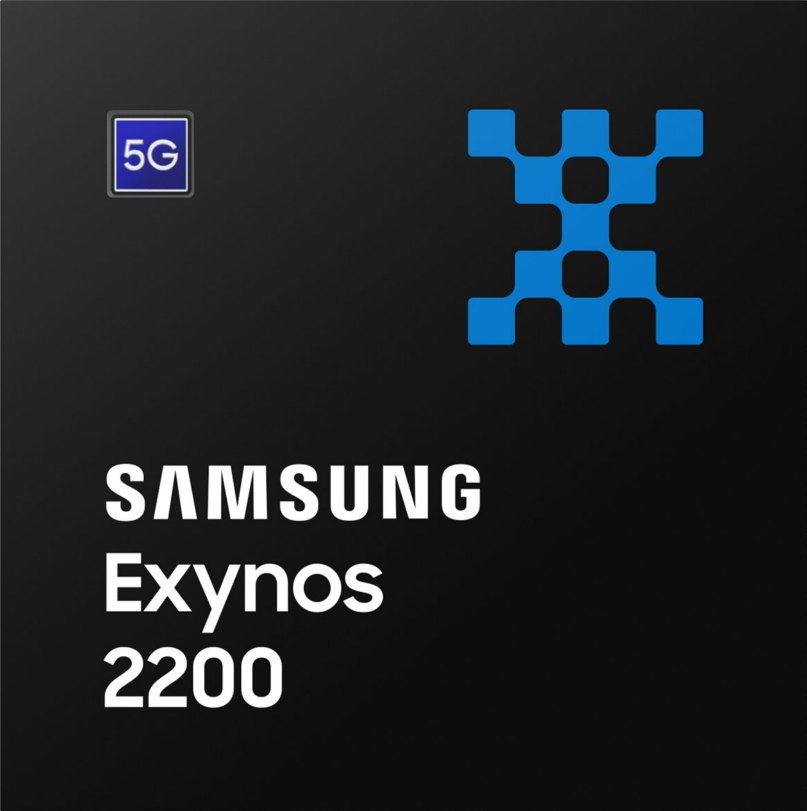Samsung Exynos 2200 vs Qualcomm Snapdragon 888
We’ve meticulously compared the recently released
Exynos 2200 vs Snapdragon 888
SoCs, developed by
Samsung and Qualcomm respectively. This
comparison focuses on the pros and cons of their
8-core CPUs,
backed by performance metrics
from Geekbench, Antutu, and
3DMark benchmarks, and technical
specifications.
Review
General comparison of performance, power consumption,
and other
indicators
CPU Performance
Evaluation of Single-Core and
Multi-Core Processor Performance
Gaming Performance
Gaming and OpenCL/Vulkan
Performance of the Graphics Processing Unit (GPU)
Battery life
Energy Efficiency in Battery Usage
Tech Insist Score
Overall Performance Rating of the
Chip
Key Differences
Main differences and advantages of each chip
Pros of Exynos 2200
Pros of Snapdragon 888
Benchmarks
Evaluating performance through competitive testing in
leading benchmarks.
AnTuTu 10
The AnTuTu Benchmark evaluates CPU, GPU, RAM, and I/O
capabilities across various scenarios.
CPU
223163
211734
GPU
391575
306250
Memory
175188
133870
UX
154579
156641
Total score
944505
808495
GeekBench 6
The GeekBench test shows raw single-threaded and
multithreaded CPU
performance
3DMark
A cross-platform benchmark that assesses graphics
performance in Vulkan
(Metal)
3DMark Wild Life Performance
Stability
59%
91%
Graphics test
39 FPS
30 FPS
Score
6531
5126
Specifications
Full list of technical specifications of Exynos 2200 and Dimensity
9300
Architecture
1x 2.8 GHz – Cortex-X2
1x 2.84 GHz – Kryo 680 Prime (Cortex-X1)
Cores
8
8
Base Frequency
1820MHz
1800MHz
Turbo Frequency
2800MHz
2840MHz
Instruction set
ARMv9-A
ARMv8.4-A
L2 cache
-
512 KB
L2 cache
-
1 MB
L3 cache
-
4 MB
Process
4 nanometers
5 nanometers
Transistor count
-
-
TDP (Sustained Power Limit)
-
10 W
GPU name
Samsung Xclipse 920
Adreno 660
Architecture
RDNA 2
Adreno 600
GPU frequency
1300 MHz
840 MHz
Pipelines
24
2
Shading units
384
512
Total shaders
768
1024
FLOPS
-
1720 Gigaflops
Vulkan version
1.1
1.1
OpenCL version
2.0
2.0
DirectX version
12
12
Neural processor (NPU)
Yes
Hexagon 780
Memory type
LPDDR5
LPDDR5
Memory frequency
3200 MHz
3200 MHz
Bus
-
-
Max bandwidth
51.2 Gbit/s
51.2 Gbit/s
Max size
24 GB
24 GB
Storage type
UFS 3.1
UFS 3.0, UFS 3.1
Max display resolution
3840 x 2160
3840 x 2160
Max camera resolution
1x 200MP
1x 200MP, 2x 25MP
Video capture
8K at 30FPS, 4K at 120FPS
8K at 30FPS, 4K at 120FPS
Video playback
8K at 60FPS, 4K at 240FPS
8K at 30FPS
Video codecs
H.264, H.265, AV1, VP9
H.264, H.265, VP8, VP9
Audio codecs
AAC, AIFF, CAF, MP3, MP4, WAV
AAC, AIFF, CAF, MP3, MP4, WAV
Modem
-
X60
4G support
LTE Cat. 24
LTE Cat. 22
5G support
Yes
Yes
Download speed 5G
Up to 7526 Mbps
Up to 7500 Mbps
Download speed 4G
Up to 3000 Mbps
Up to 2500 Mbps
Upload speed 5G
Up to 3758 Mbps
Up to 3000 Mbps
Upload speed 4G
Up to 422 Mbps
Up to 316 Mbps
Wi-Fi
6
6
Bluetooth
5.2
5.2
Navigation
GPS, GLONASS, Beidou, Galileo, NAVIC
GPS, GLONASS, Beidou, Galileo, QZSS, SBAS, NAVIC

